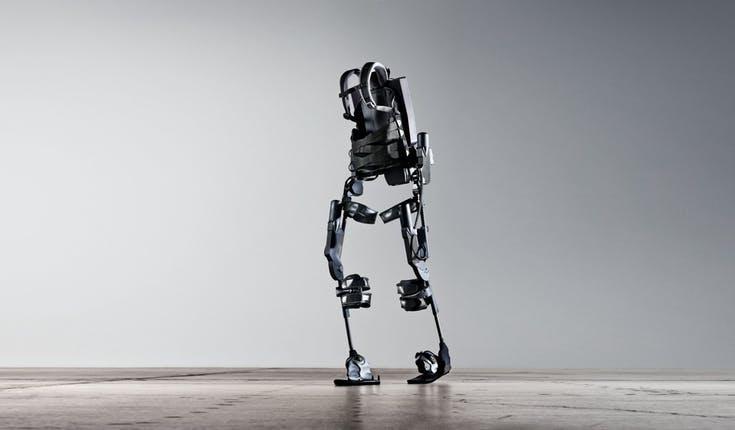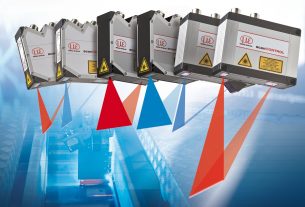A Paris-based start-up recently helped a woman with partial paralysis to use an exoskeleton to walk. Breakthroughs like this are allowing exoskeleton technology to be used in more varied environments, with potential benefits for manufacturers. Here Neil Ballinger, head of EMEA sales at industrial automation parts supplier EU Automation, explains how exoskeletons will transform manufacturing.
It is common for manufacturers to use robots to carry out repetitive tasks, often in hostile environments. But what if these environments are also hostile to robots? Also, how do you protect an ageing workforce from the heavy physical workload, repetitive movements and non-ergonomic postures which undermine productivity? Exoskeletal technology now has an answer for this.
Consisting of a metal frame fitted with motorised muscles to the outside of your body, a wearable robot, more commonly known as an exoskeleton, can multiply its user’s strength and enable workers to carry out a variety of industrial tasks. Applications range from muscle support for rehabilitation to industrial suits, which allow you to lift heavy weights with next to no effort.
A tailored suit
The global exoskeleton market size was valued at $25.4 million in 2015 and is projected to grow at a CAGR of 58.4 per cent between 2018-2025. Apart from the obvious medical and healthcare use, demand is being driven for exoskeletons in military and industrial use too.
The prevalence of different types of stationary and mobile exoskeletons, driven by pneumatic, hydraulic and electric actuation, and powered by fuel cells, batteries, or mains power, makes it vital that manufacturers know what’s best for them. To meet the demanding needs of industrial applications, plant managers should choose exoskeletons that are lightweight, comfortable, safe as well as minimally invasive to the surrounding environment.
Plenty of options are available to manufacturers. For instance, many companies are now developing single-joint wearable robotics rather than full body powered suits which tend to be heavier and more obstructive. Upper extremity exoskeletons, such as Ottobock’s Paexo, provide support to the upper body, arms and shoulders. Meanwhile, lower extremity models provide support to the legs, hips and lower torso which is useful if tasks require heavy lifting, as shown by the rehabilitation system developed by ReWalk.
Helping your workforce
In many ways, exoskeletons are collaborative robots in their truest form. Robots and humans are not just working side-by-side, they are working as one. Not only will this make manufacturers more productive, it will result in fewer injuries, less soreness and less exhaustion.
As well as this, plant workers will benefit from the improved skillset that will come from using an exoskeleton to complete their tasks. Since wearable robotics enable and support workers to do tasks that are otherwise dangerous for a single employee to do, such as lifting extremely heavy machinery, they can complete tasks with more confidence. If exoskeletons can help people walk again then they will certainly offer great benefits to manufacturers looking to optimise the efficiency and capability of their workforce.





